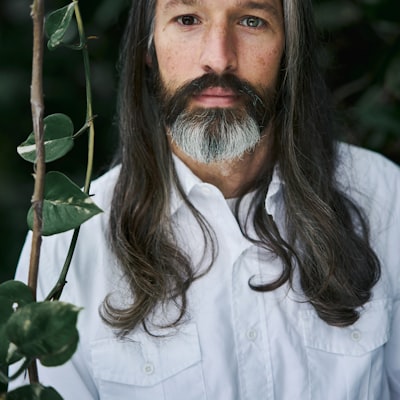Fascination About Understanding Species Interactions through the Work of Dr. Robert MacArthur

Coming from Island Biogeography to Food Webs: Knowledge coming from Dr. Robert MacArthur's Investigation
Dr. Robert MacArthur was a well-known ecologist whose groundbreaking research revolutionized our understanding of isle biogeography and food items webs. His job delivered valuable ideas into the mechanics of communities and the interaction between species communications and environmental factors. In this blog article, we will certainly check out some of Dr. MacArthur's crucial additions to these areas and review their significance.
Isle biogeography is the research study of how species are circulated on islands, taking right into profile variables such as island measurements, proximity from the mainland, and migration and termination prices. Dr. MacArthur's research study in this location tested prevailing concepts at the opportunity and presented new concepts that continue to mold our understanding of biodiversity designs on islands.
One of his very most significant contributions was the concept of isle biogeography, co-developed along with E.O. Wilson in 1967. This idea suggested that species grandeur on an island is determined by a balance between immigration fees (species conquering the isle) and termination rates (species going died out on the island). Depending on to this idea, much larger islands deeper to the landmass have higher immigration fees due to their bigger target region for colonization and lesser termination costs due to their bigger populations.
This idea had great implications for preservation biology as it highlighted the usefulness of keeping large habitats connected through hallways for sustaining biodiversity. It also focused on that small isolated habitations are a lot more vulnerable to species reduction due to restricted migration and increased vulnerability to local terminations.
Dr. MacArthur's research study went beyond island biogeography and extended right into looking into food items internet – sophisticated networks of feeding partnerships one of organisms in an ecological community. Go Here For the Details explored how power flows through food establishments, how various trophic levels engaged along with each various other, and what variables determined area security.
One of his distinctive payments was his work on niche market dividing within neighborhoods. Niche dividing recommends to how species break down information to reduce competitors and coexist in an ecosystem. Dr. MacArthur's study showed that species taking up comparable particular niches usually tend to compete for sources, leading to lowered synchronicity. Having said that, when different species utilize different parts of the on call sources, they may coincide more properly.
His analysis on warblers in N . American forests shown how these birds segment their feeding niche markets by occupying various parts of tree covers and scouring on distinctive insect victim. This exploration shed light on the devices that promote species variety within areas and how ecological interactions form area design.
Dr. MacArthur's work likewise checked out the relationship between biodiversity and environment functioning. He showed that enhancing species richness within a community may improve its stability and durability against disorders. This seeking highlighted the relevance of keeping biodiversity not only for conservation purposes but also for preserving ecosystem services such as nutrient biking, pollination, and insect management.
Moreover, his research on island biogeography led him to look into the results of habitation fragmentation on species diversity. He located that as habitat patches become smaller and more isolated due to individual activities such as logging, species grandeur minimize significantly. This has necessary implications for preservation initiatives as it highlights the need to safeguard huge adjoining habitations to prevent more reduction of biodiversity.
In summary, Dr. Robert MacArthur's research study in island biogeography and food items internet has supplied useful ideas right into the dynamics of communities and the aspects affecting biodiversity patterns. His concepts have shaped our understanding of how species are circulated on islands, highlighted the significance of niche dividing in advertising synchronicity within areas, and emphasized the duty of biodiversity in preserving ecosystem security.
His work continues to motivate environmentalists today, directing preservation initiatives targeted at keeping habitats and defending prone environments worldwide. By developing upon his lead-in research studies, we may strive in the direction of a better understanding of our organic world and function in the direction of its maintainable future.

Recommendations:
1) MacArthur R., & Wilson E.O (1967). The Idea of Island Biogeography. Princeton University Press.
2) MacArthur R.H (1972). Topographical Conservation: Designs in the Circulation of Species. Princeton University Press.
